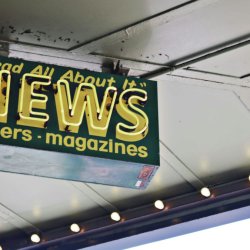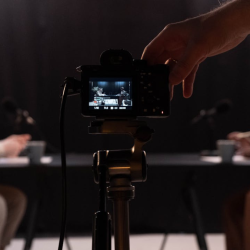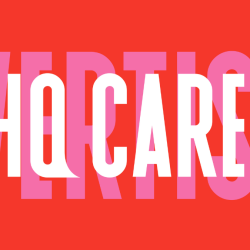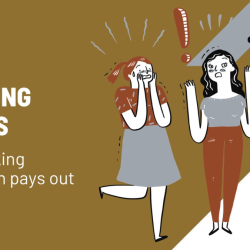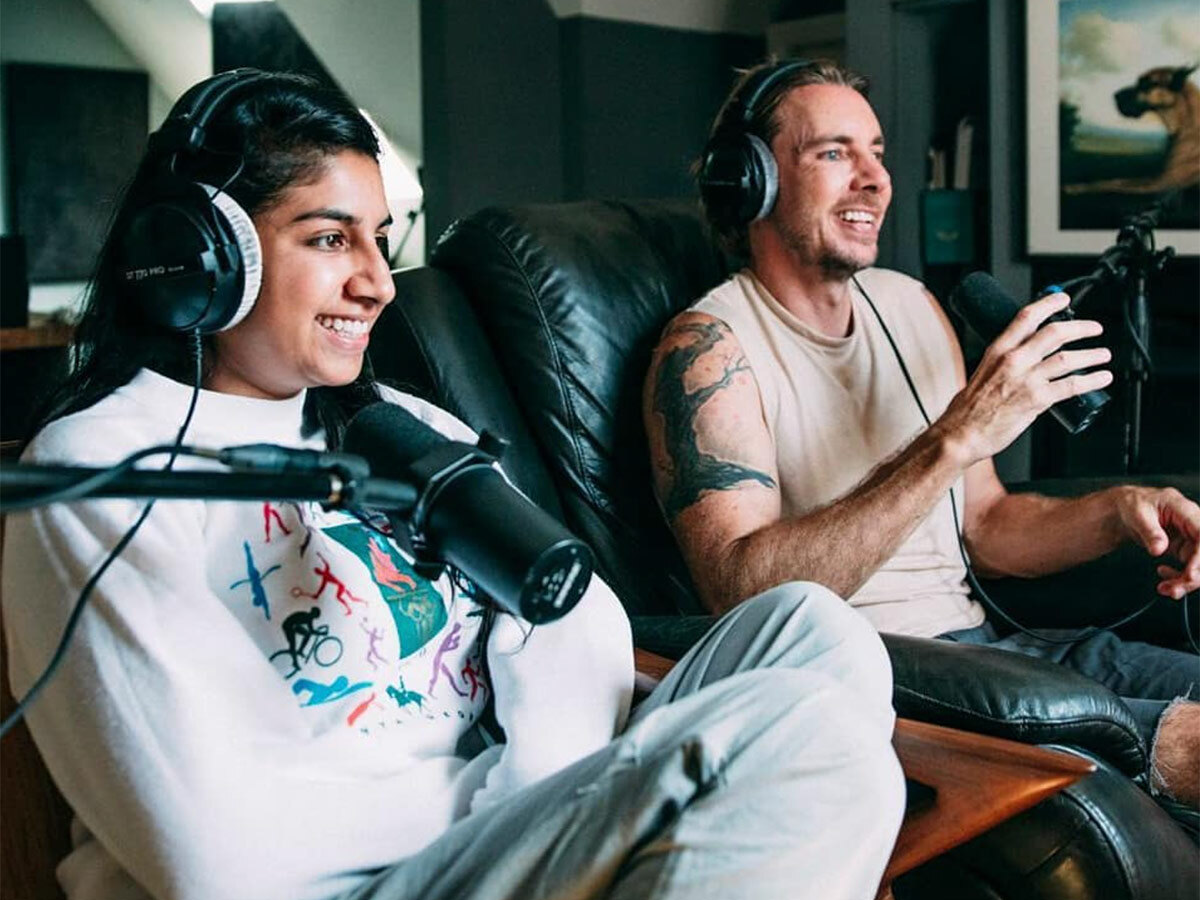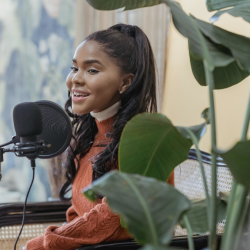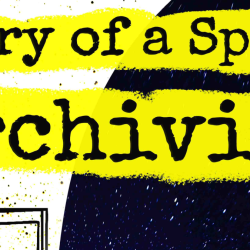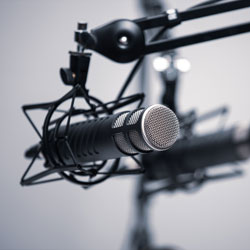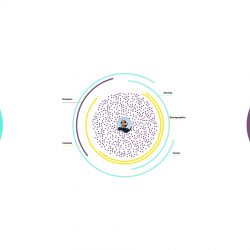The popularity of podcasts has soared since the pandemic
Statista reports that there were 19.1m podcast listeners in the UK in 2021 – a dramatic rise from 8.9m in 2017. As audience numbers continue to climb, publishers and advertisers are seeing powerful opportunities for engagement through the medium. But to effectively target audiences through audio — you need to know who you are speaking to, and who you are speaking through.
The main hurdle facing brands is the sheer number of podcasts that consumers can choose from. Recent reports suggest that there are more than 2 million active podcasts — with Marketing Week predicting that podcasts are going to grow by 20% in the UK — making it the biggest growing channel in 2022.
Brands have the opportunity to take advantage of this mass change in consumer behaviour. But how do they do it?
Topping the charts
Consumer behaviours have evolved. People now expect to be able to engage with content on their own terms. Podcast’s rise in popularity and emergence as a go-to form of audio content can be traced back to a number of factors:
1. Convenience
Free time is a luxury that only a few can afford. The pandemic amplified consumers’ need for convenience — and with streaming platforms helping to streamline the listening experience, listeners can take control of what they listen to, when they want to listen to it. We have seen countless playlists of podcasts to listen to while working out flourishing on streaming platforms, as listeners enjoy the flexibility podcasts offer to do other activities simultaneously.
2. Approachability
Podcasts – thanks to their casual format — are inclusive and approachable. There is a podcast for every subject and subcategory — and listeners can jump in and enjoy an audio experience that caters to their personal hobbies and interests. Whether it is about magic, dog training tips and tricks, or writing excuses (literally, the name of the show, hosted by Mary Robinette Kowal, Dan Wells, Brandon Sanderson and Howard Tayler).
And now advertisers can leverage contextual targeting to remedy the lack of audience data, with solutions scaling what is the most valuable in podcasts: the content. Whether it is measuring keywords, concepts, topics, and interests within podcasts, contextual targeting has the capability to offer an accurate snapshot of the podcast.
3. Personalised experience
Podcasts offer a level of intimacy rarely found in other mediums. The one-on-one structure fosters a personal connection between the host and the audience. No one podcast is the same, which explains why they remain accessible to diverse audiences. For instance, there are multiple podcasts available on streaming platforms tackling the daily news, but for example the podcast What A Day (from Crooked Media, hosted by comedian Akilah Hughes and reporter Gideon Resnick) differentiates itself by adding a touch of humour when breaking down the big news of the day.
There is a podcast for everything. Brands can add value to this blossoming audio experience – but they have to be in the right place, as part of the right conversation.
The sound of conversions
The world’s most influential brands find creative ways to entrench themselves in culture, and audio is a powerful means of achieving this. Leading brands are exploring the possibilities — LinkedIn’s decision to create its own podcast network follows Facebook’s move to enable podcast sharing in 2021. LinkedIn’s series is ad-supported — demonstrating the monetisation potential.
The younger generation is famously anti-ad – 41% of 15-25 year old internet users in the UK use ad-blocking software, but they are passionate about the influencers and social media stars they follow, and they recognise that their favourite content creators rely on advertisements and partnerships. Tapping into this relationship allows brands to add value — rather than inspire ad-blocks. This is most likely why in 2021, 64% of podcast listeners in the US said that they welcome and appreciate advertising on podcasts and are grateful to the brands that support their favourite shows.
New technology means brands can now see what attracts listeners in the first place to a podcast, with offering actionable insights into podcast content. They can use contextual targeting to collect consumer data at a granular level across the entire podcast journey. This information — gathered in real time — ensures that future campaigns offer a relevant listening experience to an audience therefore more likely to listen and compelled to purchase, as marketers gain a better understanding of what resonates with their audiences.
Pressing play
The behavioural shifts accelerated by the pandemic are here to stay. We are entering the golden era of podcasting. With more platforms providing access to on-demand content, brands have the opportunity to play an important role in increasingly influential audio experiences, but simply adopting a podcast advertising strategy does not guarantee success. You have to be part of the right conversation — investing in understanding the needs and habits of the audience, as well as using the right contextual targeting at scale which shows you how your message lands.
There is no need for advertisers to stumble blindly when developing audio ads. Listening to the tune played by contextual targeting technology and understanding the uniqueness of your audience will guide you in the right direction.
Featured image: Armchair Expert with Dax Shepard / Instagram

